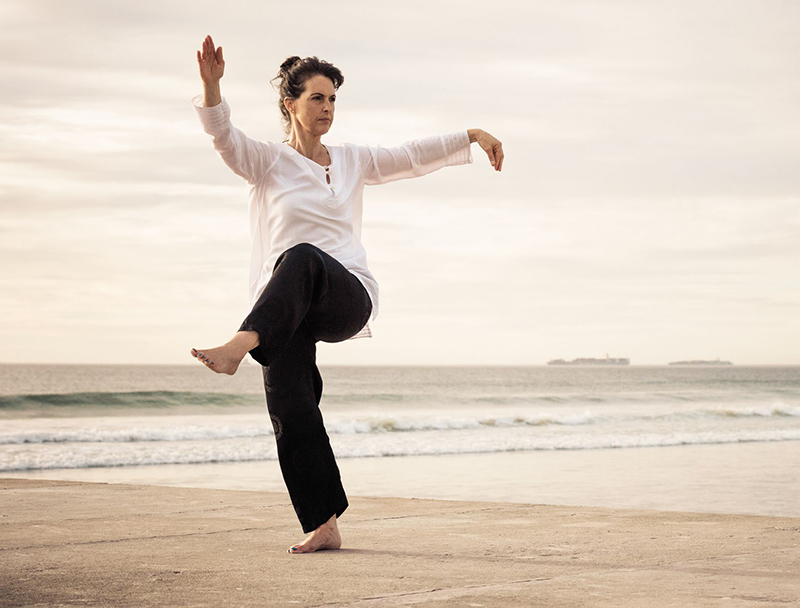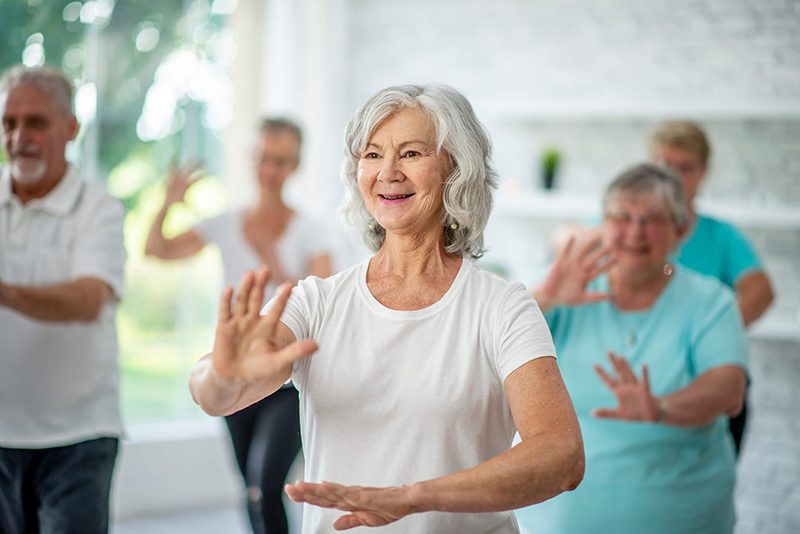
High blood pressure, or hypertension, is a major risk factor for heart disease, stroke, and kidney problems worldwide. Managing blood pressure through lifestyle changes, including exercise, is a key approach recommended by health professionals. Among the many types of exercise, Tai Chi and aerobic exercise have both been studied for their ability to reduce blood pressure. But which is more effective? This article explores the benefits of each and compares their effects on blood pressure control.
Understanding High Blood Pressure and Exercise
Blood pressure measures the force of blood pushing against artery walls. When this force stays consistently high, it damages arteries and organs over time. Exercise helps by strengthening the heart, improving blood vessel flexibility, and aiding weight control—factors that all contribute to lowering blood pressure.
Aerobic exercise, also called cardio, involves continuous, rhythmic activities like walking, running, swimming, and cycling. These activities elevate heart rate and breathing for sustained periods, boosting cardiovascular health.
Tai Chi is a traditional Chinese martial art that combines slow, deliberate movements, breathing control, and meditation. It is classified as a mind-body exercise and is often described as “meditation in motion.” It’s low impact and emphasizes balance, flexibility, and mental focus.

How Aerobic Exercise Lowers Blood Pressure
Extensive research shows that regular aerobic exercise can reduce systolic blood pressure (the top number) by approximately 5 to 8 mm Hg on average in people with hypertension. The mechanisms include:
●Improved heart efficiency: The heart pumps blood more effectively, reducing workload.
●Reduced arterial stiffness: Exercise keeps arteries flexible, allowing better blood flow.
●Weight management: Aerobic workouts help reduce excess weight, a key factor in hypertension.
●Enhanced insulin sensitivity: This reduces metabolic risks linked to high blood pressure.
The American Heart Association recommends at least 150 minutes of moderate-intensity aerobic exercise per week for blood pressure control and overall cardiovascular health.
How Tai Chi Helps Reduce Blood Pressure
Though less intense than aerobic exercise, Tai Chi has also demonstrated benefits for blood pressure. Studies indicate Tai Chi can lower systolic blood pressure by around 5 mm Hg, comparable to moderate aerobic activity in some populations, especially older adults.

Tai Chi’s benefits come from several factors:
●Stress reduction: The meditative aspect lowers stress hormones like cortisol, which can elevate blood pressure.
●Improved autonomic function: Tai Chi balances the nervous system, reducing sympathetic (“fight or flight”) activity.
●Gentle physical activity: Even mild exercise improves circulation and muscle tone.
●Better sleep and relaxation: Indirectly supports blood pressure regulation.
Because Tai Chi is low impact, it is particularly suitable for individuals with joint problems, limited mobility, or those who find vigorous exercise difficult.
Comparing Tai Chi and Aerobic Exercise
●Effectiveness: Both exercises reduce blood pressure, often by similar amounts (around 5 mm Hg). Aerobic exercise might have a slight edge in younger or more physically able populations due to its higher intensity.
●Suitability: Tai Chi is safer and more accessible for elderly or frail individuals. Aerobic exercise requires a baseline level of fitness and may not be suitable for everyone.
●Additional benefits: Aerobic exercise improves cardiovascular endurance and helps control weight more effectively. Tai Chi excels in reducing stress, improving balance, and enhancing mental well-being.
●Adherence: People may stick with Tai Chi longer if they dislike intense workouts, thanks to its enjoyable, calming nature.

Practical Recommendations
For most people with high blood pressure, a combination of aerobic exercise and Tai Chi may offer the best outcomes—combining cardiovascular fitness with stress relief and balance improvement.
If you are new to exercise, elderly, or have physical limitations, starting with Tai Chi can be an excellent and safe option. Over time, you can gradually add aerobic activities based on your fitness and preference.
Always consult your healthcare provider before beginning any new exercise program, especially if you have significant health concerns.
Both Tai Chi and aerobic exercise are valuable tools in managing high blood pressure. Aerobic exercise remains the gold standard for cardiovascular fitness and weight management, while Tai Chi offers a gentle, holistic approach that addresses physical and mental health. Ultimately, the best exercise is one that you enjoy and can maintain consistently, making either or both beneficial in lowering blood pressure and improving quality of life.
Subscribe means that you have read and agree to the Privacy Policy.
Subscribe means that you have read and agree to the Privacy Policy.
Copyright © Shenzhen Pango Medical Electronics Co.,Ltd, Ltd. All Rights Reserved.